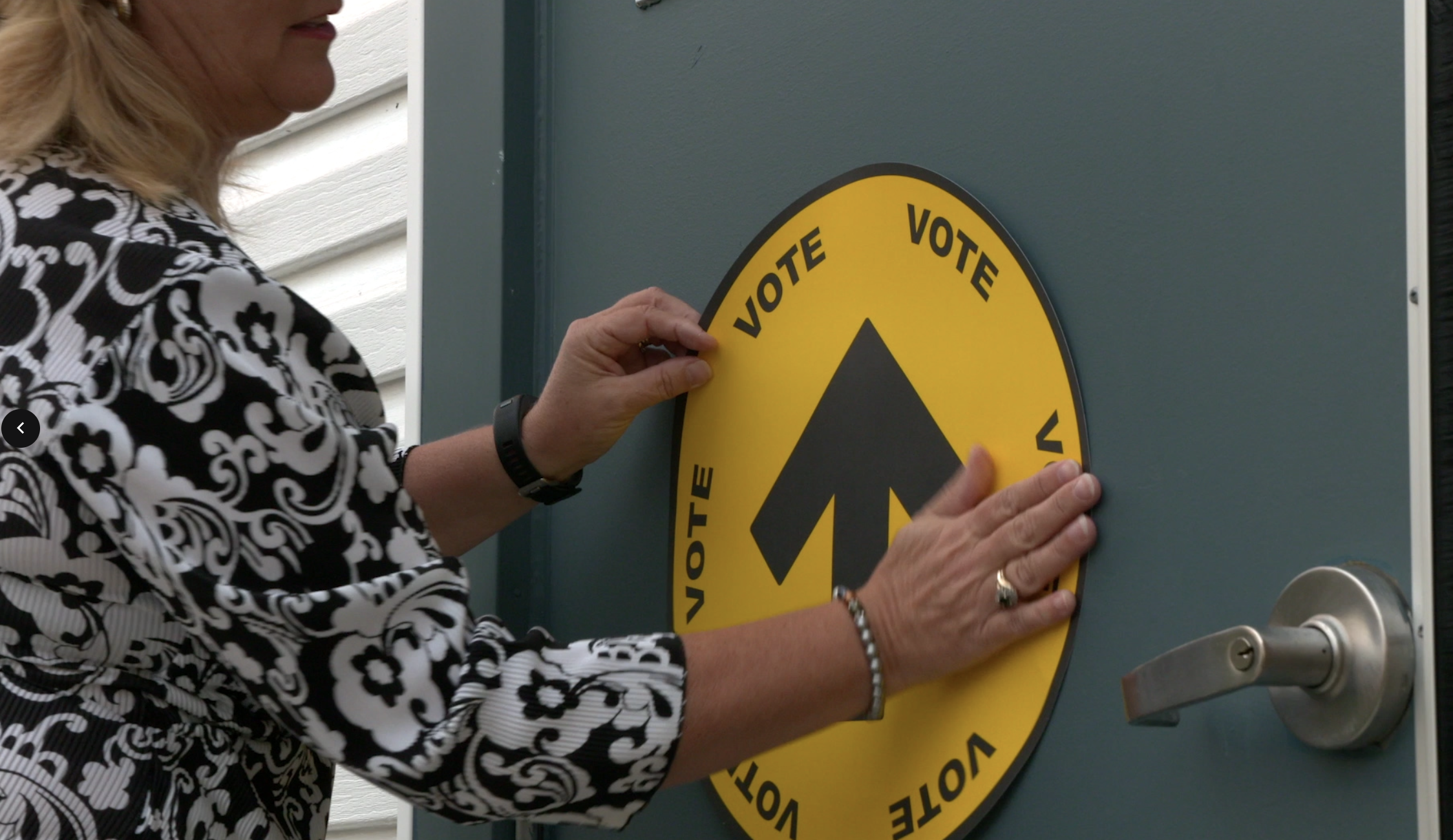Navigating the political turmoil that may cause an early election for Canadians
Editor’s note: This story was previously published in The Ontarion’s October 2024 issue.
There are two words you’ll be hearing a lot in the next year and those words are “snap election” which means calling a political election earlier than scheduled. It leads to Parliament being dissolved and provides voters the opportunity to select a new set of representatives in Parliament.
It’s also something that might happen a lot sooner than we think.
On Sept. 24, federal Conservative Party leader Pierre Poilievre put forward a motion for a vote on non-confidence in Parliament. If the vote was passed, it would cause a snap election and get Canadians to the poll to let them have their say on who they wanted in charge of the country.
But what does a snap mean and why is it important?
The current timeline
The next federal election will be the 45th election and will be held on or before Oct. 25, 2025. However, there is a current bill proposing to postpone this date to Oct. 27 of the same year to accommodate Diwali celebrations.
According to Elections Canada, candidates would have a minimum of 37 to a maximum of 51 days to campaign leading up to the election to convince voters that their platform is the right choice for them.
Voters then cast their ballot on the candidates in their riding. Each riding elects one representative to represent their riding in Parliament. Parliament was previously composed of representatives from 338 ridings across Canada. However, if an election is called now there will be 343 seats based on the 2021 Canadian census. According to Elections Canada, the seats are determined by population equality and are evaluated every 10 years.
Canadians don’t vote for a Prime Minister, rather they vote for who they want to represent them and their riding in Parliament. The number of seats held by elected representatives from each of the parties determines which party will form a government and who will be the Prime Minister.
Currently, the Liberal Party, led by Prime Minister Justin Trudeau, holds the most seats, though they fall short of holding a majority of the seats in the House of Commons. The federal Conservatives, led by Pierre Poilievre, have the second most seats. In third is Bloc Québécois, led by Yves-François Blanchet. The NDP, led by Jagmeet Singh holds the fourth most seats. The federal Green Party holds the fifth.
In October 2025, Canadians will get the opportunity to vote for their riding representative, and by proxy, who they want to become the next Prime Minister of Canada.
That is, if a snap election isn’t called before then.
Dissolving the agreement with Jagmeet Singh
During his third term, Justin Trudeau and the federal Liberals didn’t have a majority of seats in the House of Commons. Trudeau then created a Supply and Confidence agreement with the federal NDP and Jagmeet Singh.. This agreement allows the Liberal party more flexibility to pass legislation and know they will have the votes they need for certain policy objectives..
However, on Sept. 4, Jagmeet Singh publicly announced that he and the NDP were pulling out of this deal with the Liberal Party.
In a video posted to Singh’s X account, he said he let the Prime Minister know that he “ripped up” the agreement. He said Canadians are fighting a battle for the future of the middle class.
Prior to Singh ending the agreement, Poilievre had publicly urged him to do so and trigger a fall election. Poilievre, who is currently riding a wave of populist support, would benefit from an early election.
Poilievre has made the carbon tax credit a central issue, characterizing the upcoming election as a “carbon tax election,” meaning that the main issue at hand would be whether Canadians agree or disagree with paying a carbon tax.
Singh’s withdrawal from the Supply and Confidence agreement has created an opportunity for the Conservatives to force an early election.
How a snap election could play out
In Canada, Members of Parliament, (MPs), are allowed to put motions forth in the House of Commons. One of the most important motions that can be put forward is a non-confidence vote. If the motion is adopted, it triggers a vote where MPs, decide whether the current government still has the confidence of the MPs that make up the House of Commons.
Poilievre tabled this motion on Sept. 24. His speech in the House of Commons was 20 minutes long and Poilievre spoke about restoring the “promise of Canada.”
On Sept. 25 the House of Commons voted on whether they still had confidence in the government. Leading up to this vote, parties like the Bloc Québécois and the NDP both said they wouldn’t trigger an election by voting in support of a non-confidence vote.
The vote did not pass with a final vote of 120 to 211. This means Canadians won’t be heading to the polls in the near future and may get a proper Election in 2025.
But if they were to have voted in favour of non-confidence, Parliament would be dissolved and an election would be called in what some may describe as the snap of a finger.
It’s happened before in Canadian politics, and parties have had votes of no confidence that triggered elections, and they still came back and won the election by winning a majority of seats.
This could happen again, however, current polling suggests this snap election would leave us with a completely different House of Commons, with the Liberal Party suffering a significant defeat.
This was the first of what may be many votes of non confidence and we could see Canadians heading to the polls well before our scheduled date of October 2025. It might not even be a matter of if, but simply a matter of when.

